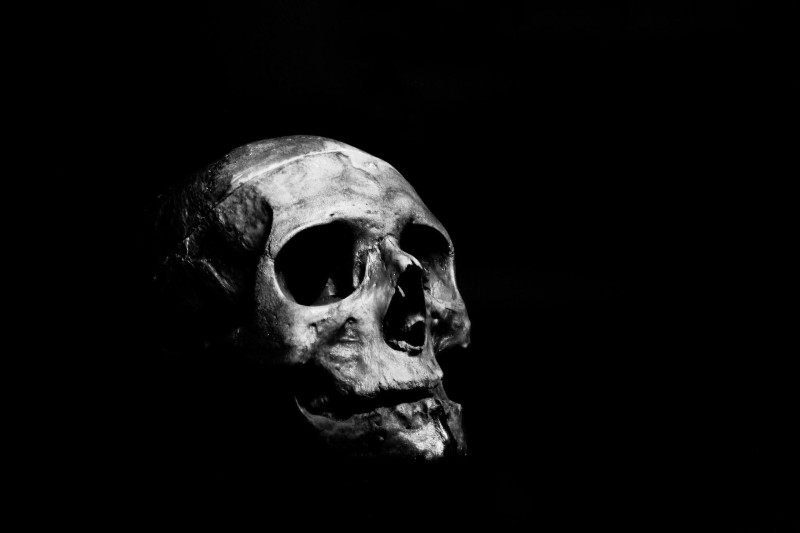“Death is not the greatest loss in life. The greatest loss is what dies inside us while we live.” - Norman Cousins
Introduction
In the vast tapestry of human experience, there exists a singular thread that binds us all: the inevitability of death. It is a topic that transcends cultural, religious, and societal boundaries, demanding contemplation and reflection. As we navigate the complexities of life, the specter of death looms large, prompting us to question the nature of our existence and the meaning we derive from it.
The Inevitability of Death
Death as a Universal Experience
Death is the great equalizer, a shared human experience that knows no discrimination. Whether we are rich or poor, powerful or powerless, death awaits us all. It is the one certainty that unites us in our fragility, emphasizing the ephemeral nature of life. In the face of this inevitability, how do different cultures and belief systems grapple with the concept of death?
Cultural and Religious Perspectives
Diverse Views on the Afterlife
Cultural and religious perspectives on death vary widely, offering unique insights into the human psyche. From the intricate rituals of Hindu funerals to the solemnity of Christian burials, each tradition provides a lens through which we can examine our relationship with mortality. Some cultures celebrate death as a natural part of the life cycle, while others view it as a transition to an afterlife.
In the ancient Egyptian civilization, death was seen as a journey to the afterlife, where the deceased would face judgment before reaching the eternal realm. This belief influenced their elaborate burial practices and the construction of grand tombs.
Facing Mortality
Personal Reflections on Death
In our individual journeys, we are forced to confront the reality of our mortality. The existential question of what happens when we die pervades our thoughts and actions. How do we make meaning in the face of the inevitable? Many philosophical perspectives, particularly existentialism, delve into the idea of facing mortality head-on and finding purpose within the finite nature of life.
The existentialist philosopher Jean-Paul Sartre asserted that in the face of the absurdity of life and the certainty of death, individuals must create their own meaning. This echoes the sentiment that our lives are defined not by our impending death but by the choices we make in the time we have.
Death in Literature and Art
Portrayals of Mortality in Creative Expressions
Literature and art have long been avenues through which humanity explores the profound depths of death. From Shakespearean tragedies to contemporary novels, death serves as a thematic backdrop, provoking introspection and contemplation. Artistic expressions, whether through paintings, sculptures, or poetry, capture the essence of mortality, often imbuing it with symbolic meaning.
In his iconic poem "Do not go gentle into that good night," Dylan Thomas passionately urges readers to resist death with fiery defiance. The poem is a poignant reminder of the human spirit's resistance to the inevitability of its own demise.
Coping with Grief
Navigating the Emotional Landscape of Loss
While death is a universal experience, grief is a deeply personal journey. The stages of grief, as identified by psychiatrist Elisabeth Kübler-Ross, include denial, anger, bargaining, depression, and acceptance. Understanding and navigating these stages is crucial for individuals coping with the loss of loved ones. It is in our communal mourning and shared sorrow that we find solace and support.
Communities, both online and offline, play a vital role in providing comfort to those dealing with grief. Support groups, therapy, and rituals offer spaces for individuals to express their emotions and find understanding in the midst of loss.
Scientific and Medical Perspectives
Beyond the Mystique: The Biological Reality of Death
While cultural, religious, and philosophical perspectives provide rich tapestries of meaning around death, the biological aspect cannot be overlooked. Death, from a medical standpoint, is the cessation of bodily functions. Advances in medical science have expanded our understanding of death and, in some cases, prolonged the process of dying. This intersection of science and mortality raises ethical questions about the nature of life and the limits of medical intervention.
Organ transplantation, life support systems, and resuscitation technologies pose ethical dilemmas as they challenge traditional definitions of when death occurs. The line between life and death becomes increasingly blurred in the face of evolving medical capabilities.
Conclusion
In the grand narrative of human existence, death is a central theme that connects us all. It is a canvas upon which cultures paint their beliefs, individuals confront their mortality, and artists and writers explore the depths of the human experience. As we navigate the labyrinth of life, the specter of death reminds us to cherish the moments we have, find meaning in our choices, and, ultimately, embrace the mystery of what lies beyond.
